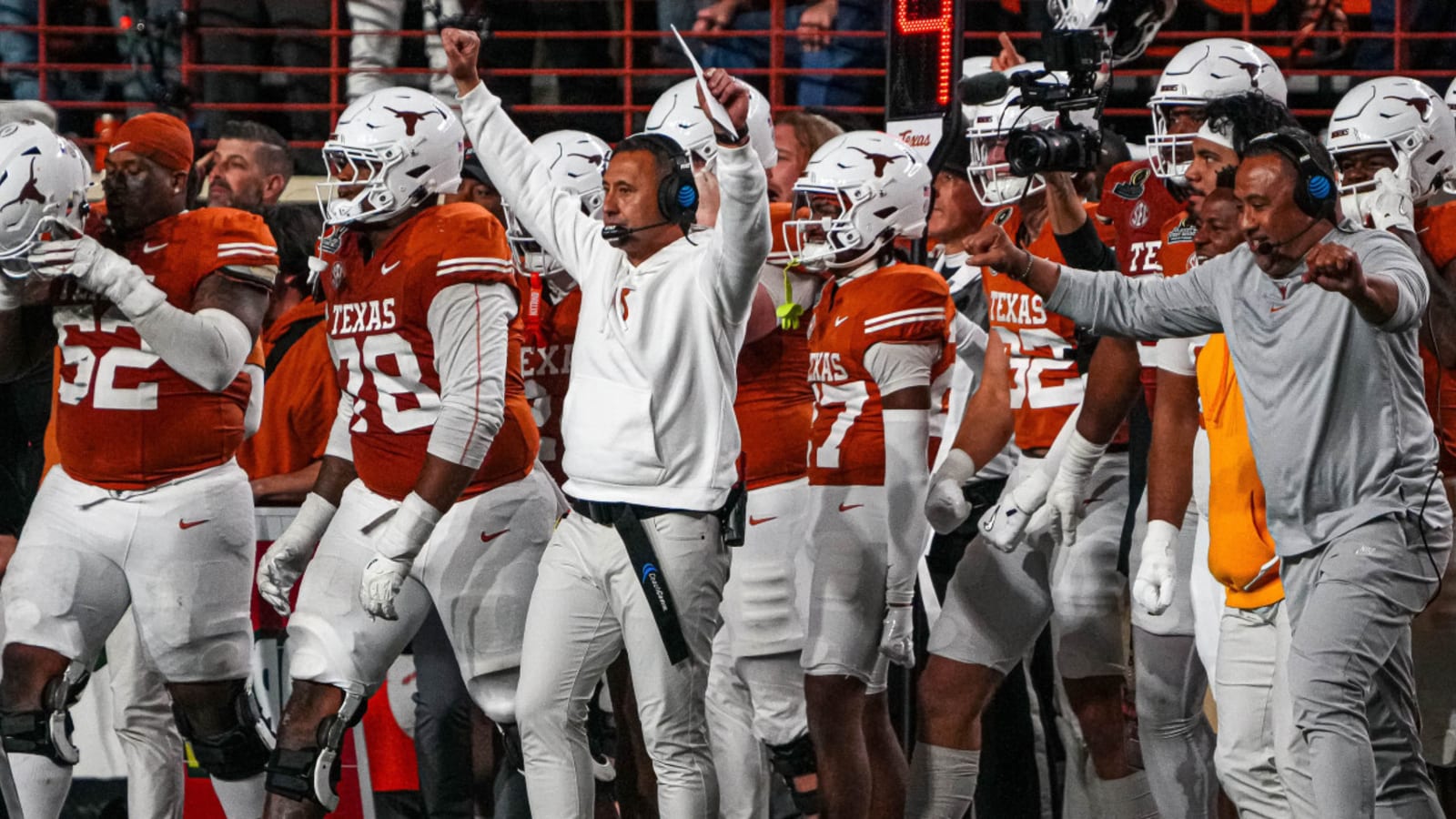
The Decision to Fire a Coach Is Never Easy.
The decision to fire a coach is never easy. It involves countless hours of contemplation, analysis, and often difficult conversations. Coaches are hired with the expectation of turning a team into a contender, guiding players through challenges, and fostering a winning culture. However, when results fall short, the pressure to make a change can mount to a point where it becomes inevitable. Despite the intense emotions that come with such a decision, the reasoning behind it is usually rooted in specific, actionable problems that need to be addressed for the betterment of the team. This article will delve into why firing a coach is so difficult, the factors that lead to this decision, and the long-term impact it has on a team and organization.
1. The Emotional Toll on Players and Management
One of the primary reasons the decision to fire a coach is never easy is the emotional toll it takes on everyone involved. Coaches aren’t just leaders; they are mentors, motivators, and often serve as a source of stability and guidance for their players. When a coach is let go, it can leave players feeling betrayed, confused, or demotivated. Many athletes form deep personal relationships with their coaches, and when a change occurs, it can disrupt the team’s unity and camaraderie.
Moreover, the management team also faces a unique emotional burden. General managers, owners, and executives who hire coaches often invest a great deal of time and resources into selecting the right individual for the role. Firing a coach represents a failure in the hiring process, which can be a blow to their professional reputation. There is often a sense of responsibility that they feel toward both the coach and the team, and having to end the coach’s tenure can be a tough decision to make. The idea that the team’s underperformance reflects poorly on their leadership can be disheartening.
Even when there is no personal attachment, there’s a sense of disappointment that accompanies the firing of a coach. A coach’s firing is often seen as a sign of dysfunction within the organization, and it highlights the team’s inability to meet expectations. The decision is fraught with complications, as ownership and management know that replacing a coach is only part of the solution—it is never a guarantee that the next choice will be successful.
2. The Short-Term Setback for the Team
The decision to fire a coach often comes in the midst of a season or during a critical juncture in a team’s progression. This creates a significant short-term setback, as the players must adjust to a new system, leadership style, and expectations. Replacing a coach mid-season can cause confusion, as players are forced to adapt to unfamiliar tactics and philosophies in a short amount of time. This can lead to a drop in performance as players struggle to grasp the new approach.
Moreover, a new coach may not be able to provide immediate results. Even the most talented and well-regarded coaches need time to implement their system and build a relationship with players. This time can be detrimental in the short term, as the players may not immediately respond to the new leadership style or strategy. The new coach may face difficulties with team dynamics, chemistry, and morale as the transition unfolds. In many cases, teams see an initial dip in performance before any improvements take root. For this reason, ownership and management must be prepared for some growing pains after making a coaching change.
This immediate setback is further compounded by the uncertainty surrounding the future. Firing a coach mid-season or after a string of disappointing performances can cast a shadow of doubt on the team’s ability to recover. Will the new coach be able to steer the team to success? Or is this the beginning of a longer rebuilding process? These questions loom large as the team faces the challenge of bouncing back from a difficult situation.
3. The Long-Term Implications on Team Culture
While the immediate impact of firing a coach can be felt in the locker room and on the field, the long-term consequences are perhaps even more significant. Team culture plays a pivotal role in the success of any organization, and a coaching change can have a ripple effect that alters the fabric of that culture for years to come.
The firing of a coach can lead to a shift in the team’s mindset. Players who were once motivated by the previous coach’s leadership may struggle to adjust to a new philosophy. The new coach may have a different approach to training, strategy, and player development, which can create resistance or resentment from players who were accustomed to the previous coach’s style. In some cases, the firing of a coach can create division within the locker room, with players either supporting or opposing the decision. This fragmentation of the team culture can take time to repair, and in some cases, it might even have a lasting impact on team dynamics.
Moreover, a coaching change can impact how future players view the organization. If a team is known for frequently firing coaches or failing to maintain stability in leadership, it can deter potential recruits from signing with the team. Prospective players might view the organization as unstable, and the constant turnover can prevent the team from building a cohesive, long-term roster. This instability may make it difficult to retain talent, as players prefer environments where there is a clear direction and a sense of continuity.
In some cases, the firing of a coach can lead to a complete overhaul of the team’s identity. A coach often serves as the face of the franchise, embodying the team’s values, vision, and approach to competition. When that coach is dismissed, the team’s identity may shift dramatically. New leadership may bring a different philosophy, which could alter the team’s style of play, the types of players they prioritize, and even the way they engage with their fanbase. This shift can create confusion for both the team’s supporters and the players themselves as they try to adjust to a new identity.
4. The Impact on the Coach’s Legacy
While the decision to fire a coach is primarily focused on the needs of the team, it also has a profound effect on the coach’s legacy. Coaches invest years of their careers into building a reputation and achieving success with a team. A firing, especially after a period of underperformance, can tarnish that reputation and shape how the coach is remembered in the eyes of fans and the media.
A coach’s legacy is built on their ability to lead teams to championships, develop players, and create a winning culture. When a coach is fired, especially after a period of failure, those achievements may be overshadowed by the negative perception of their firing. For example, a coach who had previously led the team to a playoff berth or a championship may be remembered more for their inability to sustain that success than for their past achievements.
Even successful coaches who are fired after a long tenure can face challenges in preserving their legacy. While their accomplishments may still be celebrated by some, their departure can be marred by questions about what went wrong in the later stages of their tenure. This may lead to criticisms of their methods, their inability to adapt, or their failure to meet the expectations of ownership and management.
For the coach, the firing often represents a moment of personal loss, especially if they were deeply invested in the team and had a strong emotional connection to the players. It can be difficult for a coach to come to terms with being let go, particularly after years of dedication and hard work. The emotional toll of a firing can have long-lasting effects on a coach’s career, both personally and professionally.
5. The Reality of Modern Sports: The Win-Now Mentality
In modern sports, the demand for immediate results is more pronounced than ever. Owners, general managers, and fans expect teams to win, and they expect it now. There is a growing “win-now” mentality that puts immense pressure on coaches to deliver results in the short term, often at the expense of long-term development or stability. In this environment, coaches are constantly under scrutiny, and even small slips in performance can lead to their firing.
The financial stakes in professional sports are enormous, and the pressure to maintain a competitive edge is relentless. Teams are often evaluated based on their performance in the present moment, rather than their potential for future success. This “win-now” mindset leaves little room for mistakes, and coaches who fail to meet expectations can quickly find themselves on the chopping block. The cyclical nature of coaching changes in modern sports has become an unfortunate reality of the industry.
Conclusion
The decision to fire a coach is never an easy one. It involves a range of emotional, practical, and strategic considerations that affect everyone involved—players, management, the coach, and the fans. The decision is typically made when the team’s performance and results fall short of expectations, when a disconnect develops between the coach and players, or when there is a lack of innovation or adaptability. While the short-term effects of firing a coach can be negative, with a period of adjustment and uncertainty, the long-term implications can be even more profound, particularly on team culture and the coach’s legacy. In today’s fast-paced and high-pressure world of professional sports, the decision to fire a coach is a complex and challenging one, but it is sometimes necessary for the future success of the team.



